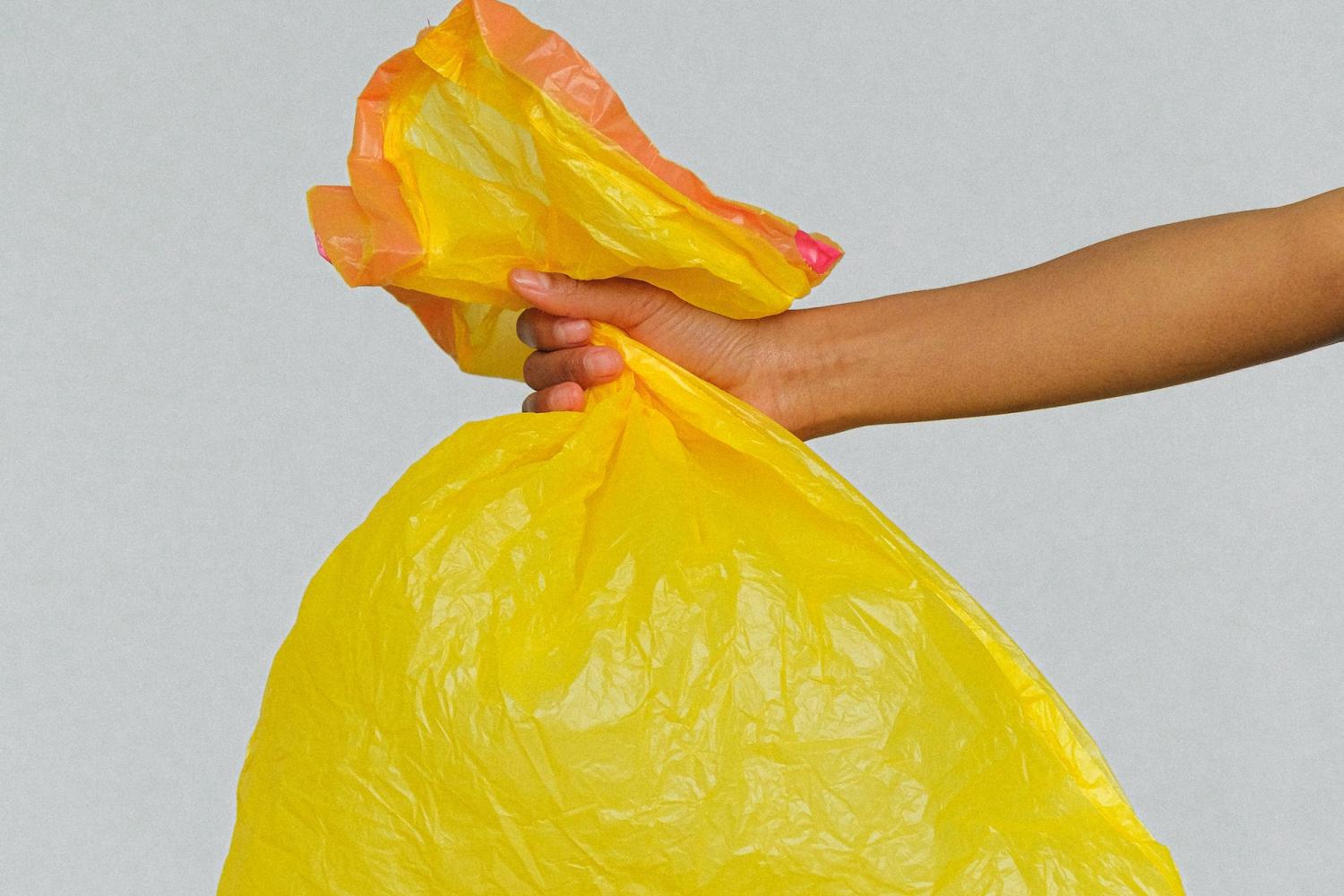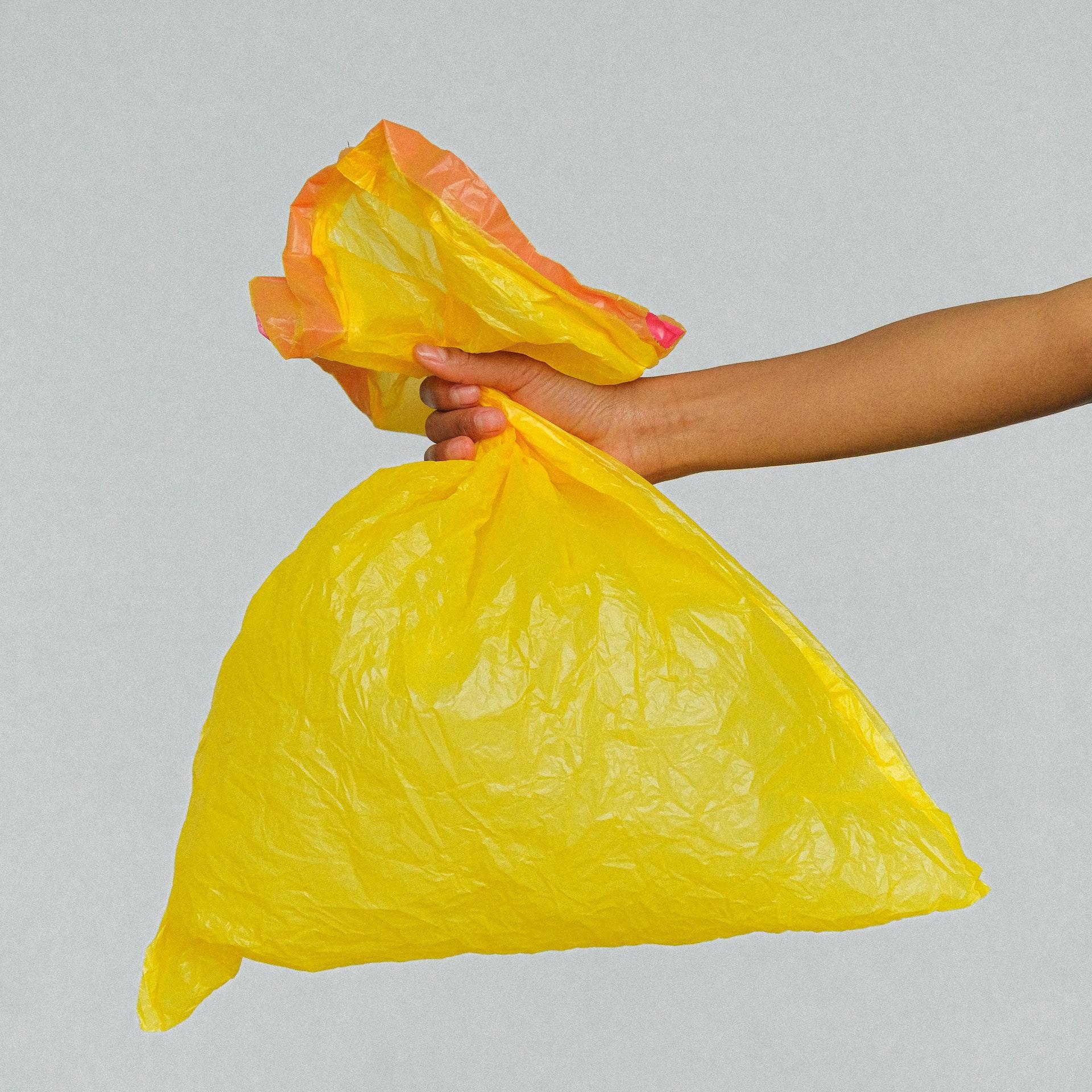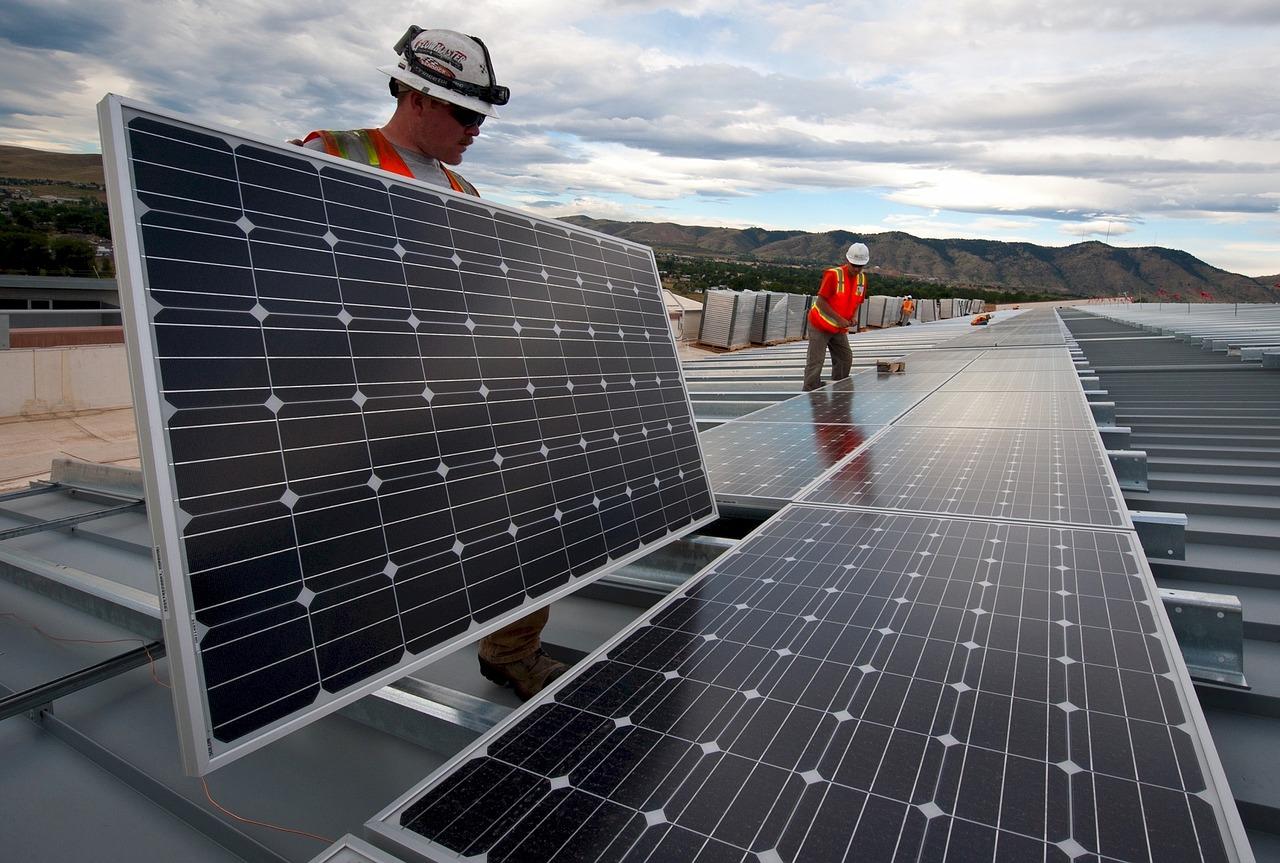Old Is New Again: Nike's Push Towards Sustainable Advertising


The following post is part of the course work for “Live Exchange” the foundational course on communication for The MBA Design Strategy Program at California College of the Arts. The rest of the posts are presented here.
by Alexander R. Scott
The high price of advertising has always driven me crazy. As a business owner and partner in a creative shop here in Oregon with a decade of experience in marketing and advertising in the creative industry, I admit to being a penny pincher (I like to think of it as financially conservative). I'm always looking for new ways to drive costs down and have less of an environmental impact.
Take a television commercial- aside from the pricey airtime, you're looking at the costs for a director, production crew, actors, sets, special effect and editing. It is not surprising to see that the average cost to just produce a thirty second spot runs around a half a million dollars. And almost no one knows this more than Nike. With an annual advertising budget nearing $2.5 billion, they're no strangers to the high cost of producing dynamic, beautiful and complex content on a global scale.
But one of Nike's latest commercials has started to get noticed. Not for the exotic location or celebrity endorsement, but for bringing a little bit of recycling to their advertising.
Nike made a splash with the launch of their Better World campaign focusing around a mission to create a better world through sport. Aside from a list of some innovative earth-friendly products they feature a new commercial- built from 100% recycled ads pulled out of previous campaigns. Through some clever editing, the two-minute spot showcases the inspiration and history of the brand while bringing attention to the concept of reuse and reducing resources.
The idea to create a digital mash-up using their old content is a bold and clever move. Recently Dr. Pepper and McDonalds took us on a walk down memory lane with re-runs of old television ads in an attempt to capture a little nostalgia- but Nike put environmental consciousness front and center. It made me think, how can we take this idea a step further and build better sustainability into our advertising?
- Reuse Content:
Nike pulled from their vault, but companies like Thought Equity have made a business around reselling media at a fraction of the cost to produce it independently. Whether it be Creative Common’s licensed material, professional licenses or internal remixing- reusing material is easier than ever. - Stock Content
Similar to Thought Equity, dozens of internet companies have emerged to sell cheap licenses for video clips, audio, photos and more. You’ll be relegated to sharing your iStockphoto of a sunset with hundreds others- but you’ll be saving time and the expense of a professional crew. - New Media Channels:
Perhaps the biggest change is the ways advertisers are communicating their message. With dwindling returns on television commercials and print ads, advertisers are becoming savvy to joining the conversation on social networks like Twitter and Facebook. We’re also seeing companies create commercials just for the web- bringing distribution costs to nearly zero. Companies are even opening their doors to user-submitted video and content, letting their customers create the messaging.
We see the move away from traditional media as an evolutionary step in technology- but the potential to reduce costs and resources in the creation process is significant. Smaller footprint, lower costs and greater opportunity for consumers to influence a brand. Advertising must adapt to our economic and environmental challenges to stay ahead of the race, and it’s up to us to push them to the finish line.
Image credit: Domino/Unsplash





 By Peter Vander Auwera, innovation lead at SWIFT
By Peter Vander Auwera, innovation lead at SWIFT













